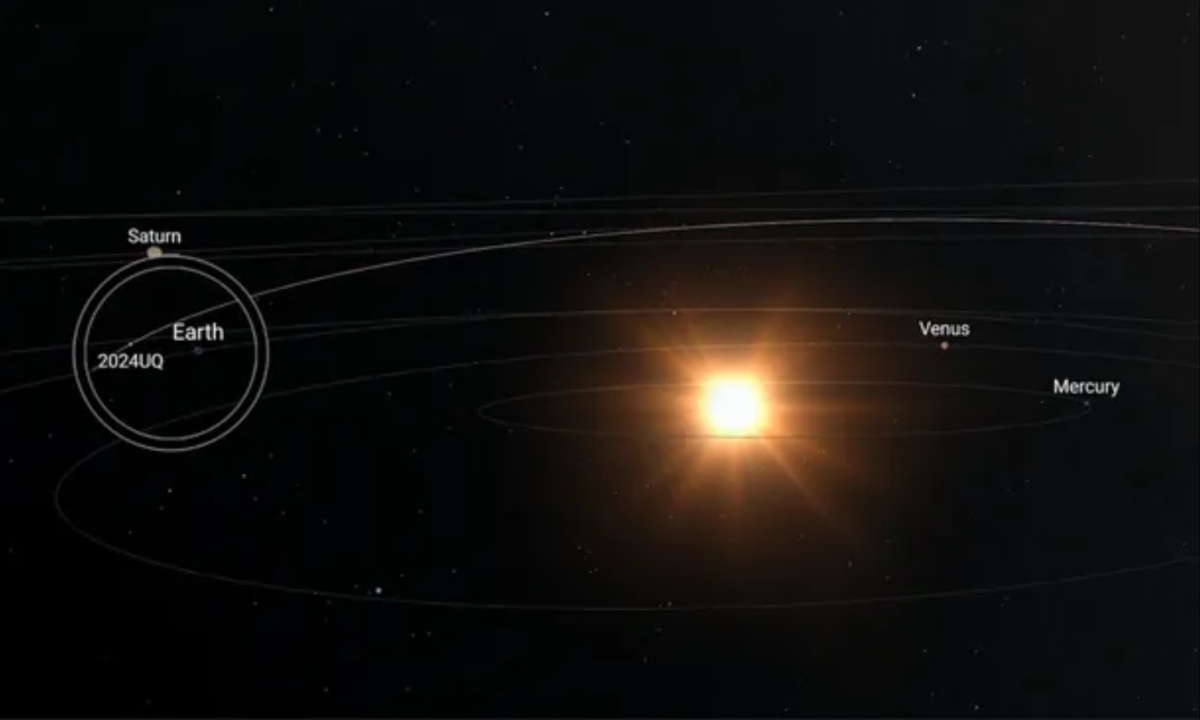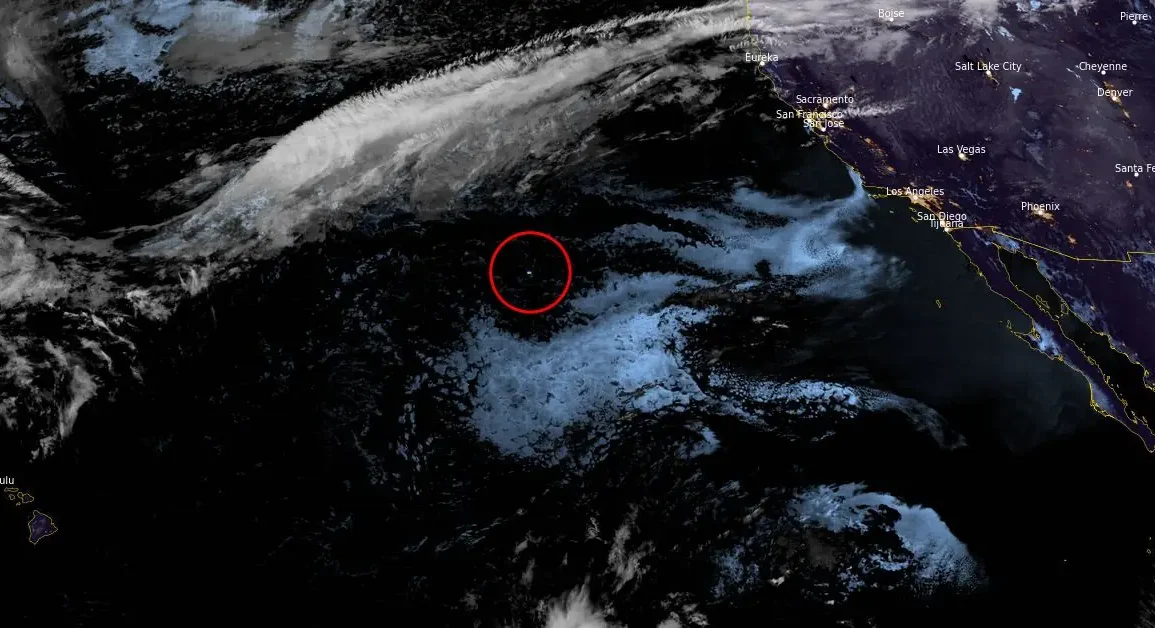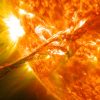In a recent close encounter, Earth’s atmosphere was struck by a small asteroid, 2024 UQ, just hours after it had been detected. The asteroid, which measured only about 3 feet (1 meter) in diameter, entered the atmosphere and harmlessly disintegrated over the Pacific Ocean near California.
While there was no actual threat from this object, its late detection highlighted potential vulnerabilities in Earth’s space monitoring systems. The event occurred just two hours after the asteroid’s discovery, raising concerns about the timeliness and accuracy of impact detection.
The asteroid was first identified by the Asteroid Terrestrial-impact Last Alert System (ATLAS), a network of four telescopes based in Hawaii that tracks near-Earth objects. The object was discovered on October 22, but due to its position near the edge of two observation fields, it wasn’t recognized as a potential impactor until it was already on a collision course.
By the time the monitoring systems could process the data, the asteroid had already disintegrated in the atmosphere. This event is classified as an “imminent impactor,” where the object is detected only hours before it hits Earth.

Despite the asteroid’s small size and lack of impact, the event underscored both the strengths and limitations of current space observation systems. ESA (European Space Agency) noted that while ATLAS was able to spot the asteroid, the late recognition due to its location in the observation fields led to the detection occurring only after the impact. This late identification of the asteroid emphasized the challenges of detecting fast-moving, small objects and raised questions about the effectiveness of current early-warning systems.
2024 UQ was the third asteroid this year to be classified as an imminent impactor, reflecting a growing concern about the detection of such objects. While this particular asteroid posed no danger, the situation emphasized the importance of continuing investment in technology that can better track and predict the movements of small asteroids.
Although the asteroid disintegrated harmlessly, the event serves as a reminder of the risks posed by space debris and the need for more advanced monitoring systems to detect objects that may be harder to track.
The incident has sparked renewed discussions about improving space surveillance technologies to avoid potential future threats. Although this asteroid was too small to cause harm, it highlights the need for constant advancements in our ability to detect and respond to near-Earth objects. The close call serves as a valuable lesson in the ongoing efforts to enhance Earth’s defenses against potentially dangerous space rocks, urging further research and development in early detection systems.

